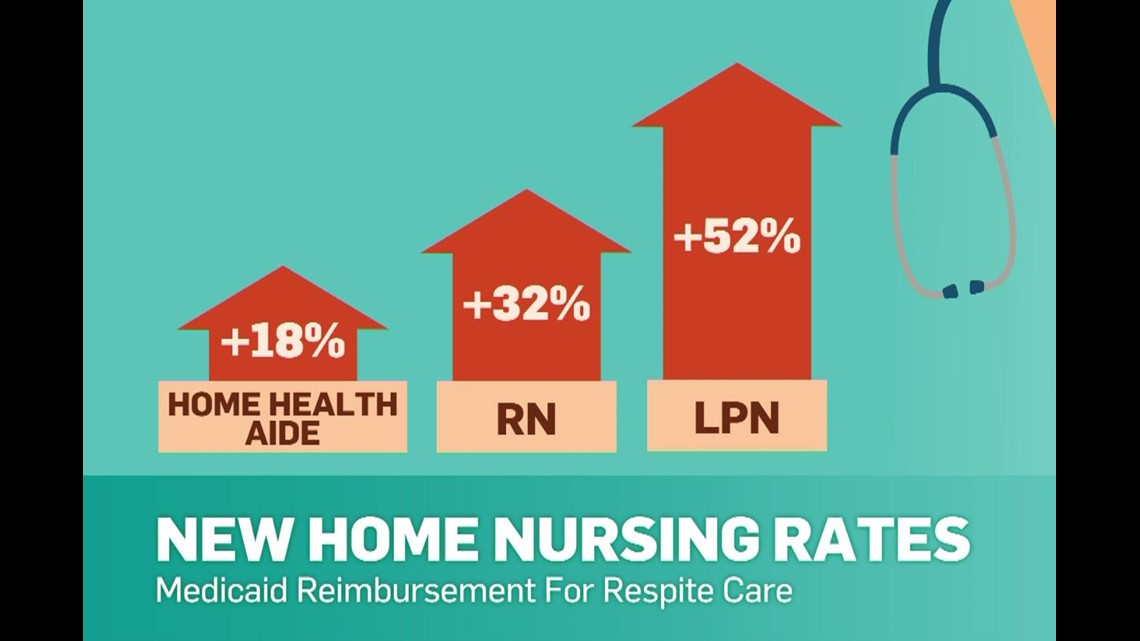A trainee as soon as took concern with him and when Dr. Sigerist asked him to estimate his authority, the student yelled, "You yourself stated so!" "When?" asked Dr. Sigerist. "Three years ago," answered the trainee. "Ah," stated Dr. Sigerist, "3 years is a long time. I have actually altered my mind ever since." I guess for me this speaks with the changing tides of opinion and that everything is in flux and available to renegotiation.
Much of this talk was paraphrased/annotated directly from the sources below, in specific the work of Paul Starr: Bauman, Harold, "Bordering On National Health Insurance since 1910" in Changing to National Healthcare: Ethical and Policy Issues (Vol. 4, Ethics in a Changing World) modified by Heufner, Robert P. and Margaret # P.
" Boost President's Plan", Washington Post, p. A23, February 7, 1992. Brown, Ted. "Isaac Max Rubinow", (a biographical sketch), American Journal of Public Health, Vol. 87, No. 11, pp. 1863-1864, 1997 Danielson, David A., and Arthur Mazer. "The Massachusetts Referendum for a National Health Program", Journal of Public Health Policy, Summer 1986.
" The House of Falk: The Paranoid Design in American Home Politics", American Journal of Public Health", Vol. 87, No. 11, pp. 1836 1843, 1997. Falk, I (which countries have universal health care).S. "Propositions for National Health Insurance Coverage in the U.S.A.: Origins and Advancement and Some Point Of Views for the Future', Milbank Memorial Fund Quarterly, Health and Society, pp.
Gordon, Colin. "Why No National Medical Insurance in the United States? The Limitations of Social Arrangement in War and Peace, 1941-1948", Journal of Policy History, Vol. 9, No (how much does home health care cost). 3, pp. 277-310, 1997. "History in a Tea Wagon", Time Magazine, No. 5, pp. 51-53, January 30, 1939. Marmor, Ted. "The History of Health Care Reform", Roll Call, pp.
Navarro, Vicente. "Case history as a Reason Instead Of Explanation: Review of Starr's The Social Change of American Medicine" International Journal of Health Solutions, Vol. 14, No. 4, pp. 511-528, 1984. Navarro, Vicente. "Why Some Countries Have National Medical Insurance, Others Have National Health Service, and the United States has Neither", International Journal of Health Providers, Vol.
5 Simple Techniques For A Health Care Professional Is Caring For A Patient Who Is About To Begin Taking Losartan
3, pp. 383-404, 1989. Rothman, David J. "A Century of Failure: Health Care Reform in America", Journal of Health Politics, Policy and Law", Vol. 18, No. 2, Summer season 1993. Rubinow, Isaac Max. "Labor Insurance", American Journal Find more info of Public Health, Vol. 87, No. 11, pp. 1862 1863, 1997 (Initially released in Journal of Political Economy, Vol.
362-281, 1904). Starr, Paul. The Social Change of American Medication: The rise of a sovereign occupation and the making of a huge market. Basic Books, 1982. Starr, Paul. "Improvement in Defeat: The Altering Goals of National Medical Insurance, 1915-1980", American Journal of Public Health, Vol. 72, No. 1, pp. 78-88, 1982 - what is home health care.
" Crisis and Change Mental Health Facility in America's Health System", American Journal of Public Health, Vol. 63, No. 4, April 1973. "Toward a National Healthcare System: II. The Historical Background", Editorial, Journal of Public Health Policy, Autumn 1986. Trafford, Abigail, and Christine Russel, "Opening Night for Clinton's Strategy", Washington Post Health Publication, pp.
The United States does not have universal health insurance protection. Almost 92 percent of the population was estimated to have protection in 2018, leaving 27.5 million people, or 8.5 percent of the population, uninsured. 1 Motion toward securing the right to healthcare has actually been incremental. 2 Employer-sponsored health insurance coverage was introduced throughout the 1920s.

In 2018, about 55 percent of the population was covered under employer-sponsored insurance coverage. 3 In 1965, the first public insurance coverage programs, Medicare and Medicaid, were enacted through the Social Security Act, and others followed. Medicare. Medicare ensures a universal right to healthcare for individuals age 65 and older. Eligible populations and the variety of benefits covered have actually gradually broadened.
All recipients are entitled to standard Medicare, a fee-for-service program that offers healthcare facility insurance (Part A) and medical insurance (Part B). Because 1973, recipients have had the option to receive their protection through either traditional Medicare or Medicare Benefit (Part C), under which people enroll in a personal health care company (HMO) or managed care organization (who led the reform efforts for mental health care in the united states?).
Some Known Details About What Is Primary Health Care
Medicaid. The Medicaid program initially gave states the alternative to get federal matching funding for providing healthcare services to low-income households, the blind, and people with disabilities. Protection was gradually made compulsory for low-income pregnant females and babies, and later on for kids up to age 18. Today, Medicaid covers 17.9 percent of Americans.
Individuals need to get Medicaid coverage and to re-enroll and recertify yearly. Since 2019, more than two-thirds of Medicaid beneficiaries were enrolled in managed care companies. 4 Children's Health Insurance Program. In 1997, the Kid's Health Insurance coverage Program, or CHIP, was developed as a public, state-administered program for children in low-income families that earn excessive to certify for Medicaid but that are unlikely to be able to manage private insurance.
5 In some states, it runs as an extension https://penzu.com/p/4a3b8c94 of Medicaid; in other states, it is a separate program. Inexpensive Care Act. In 2010, the passage of the Patient Security and Affordable Care Act, or ACA, represented the biggest growth to date of the federal government's role in funding and regulating health care.

The ACA resulted in an estimated 20 million acquiring coverage, reducing the share of uninsured grownups aged 19 to 64 from 20 percent in 2010 to 12 percent in 2018.6 The federal government's obligations consist of: setting legislation and national techniques administering and paying for the Medicare program cofunding and setting standard requirements and regulations for the Medicaid program cofunding CHIP funding health insurance for federal staff members in addition to active and past members of the military and their households regulating pharmaceutical products and medical devices running federal markets for private medical insurance offering premium aids for personal marketplace coverage.
The ACA developed "shared responsibility" among federal government, companies, and people for ensuring that all Americans have access to economical and good-quality medical insurance. The U.S. Department of Health and Person Solutions is the federal government's principal company involved with healthcare services. The states cofund and administer their CHIP and Medicaid programs according to federal policies.
They likewise assist fund medical insurance for state employees, manage personal insurance, and license health specialists. Some states also handle medical insurance for low-income citizens, in addition to Medicaid. In 2017, public spending accounted for 45 percent of overall health care costs, or around 8 percent of GDP. Federal costs represented 28 percent of overall healthcare costs.
How What Is Home Health Care can Save You Time, Stress, and Money.
The Centers for Medicare and Medicaid Solutions is the biggest governmental source of health coverage funding. Medicare is funded through a mix of general federal taxes, a compulsory payroll tax that spends for Part A (medical facility insurance coverage), and specific premiums. Medicaid is largely tax-funded, with federal tax revenues representing two-thirds (63%) of expenses, and state and local incomes the remainder.
CHIP is funded through matching grants offered by the federal government to states. The majority of states (30 in 2018) charge premiums under that program. Investing in personal health insurance accounted for one-third (34%) of total health expenses in 2018. Private insurance coverage is the main health coverage for two-thirds of Americans (67%).